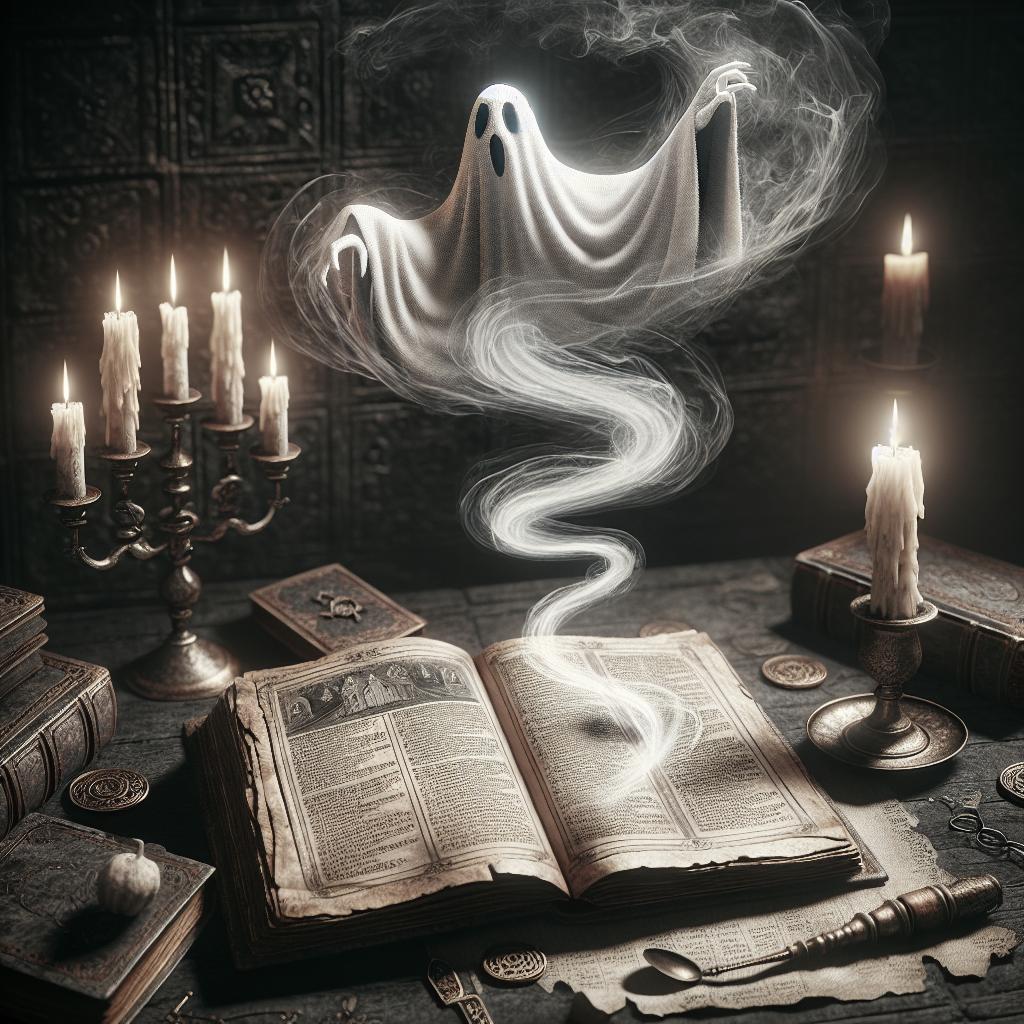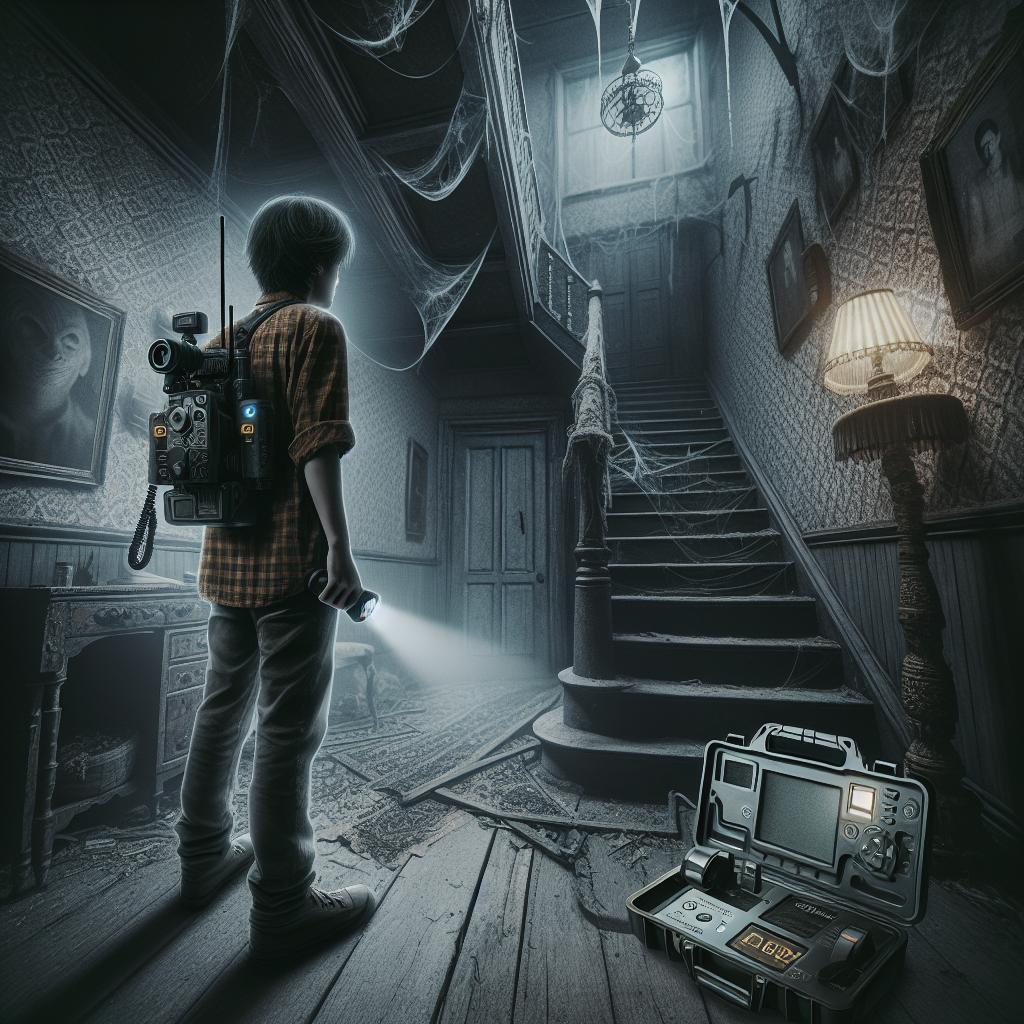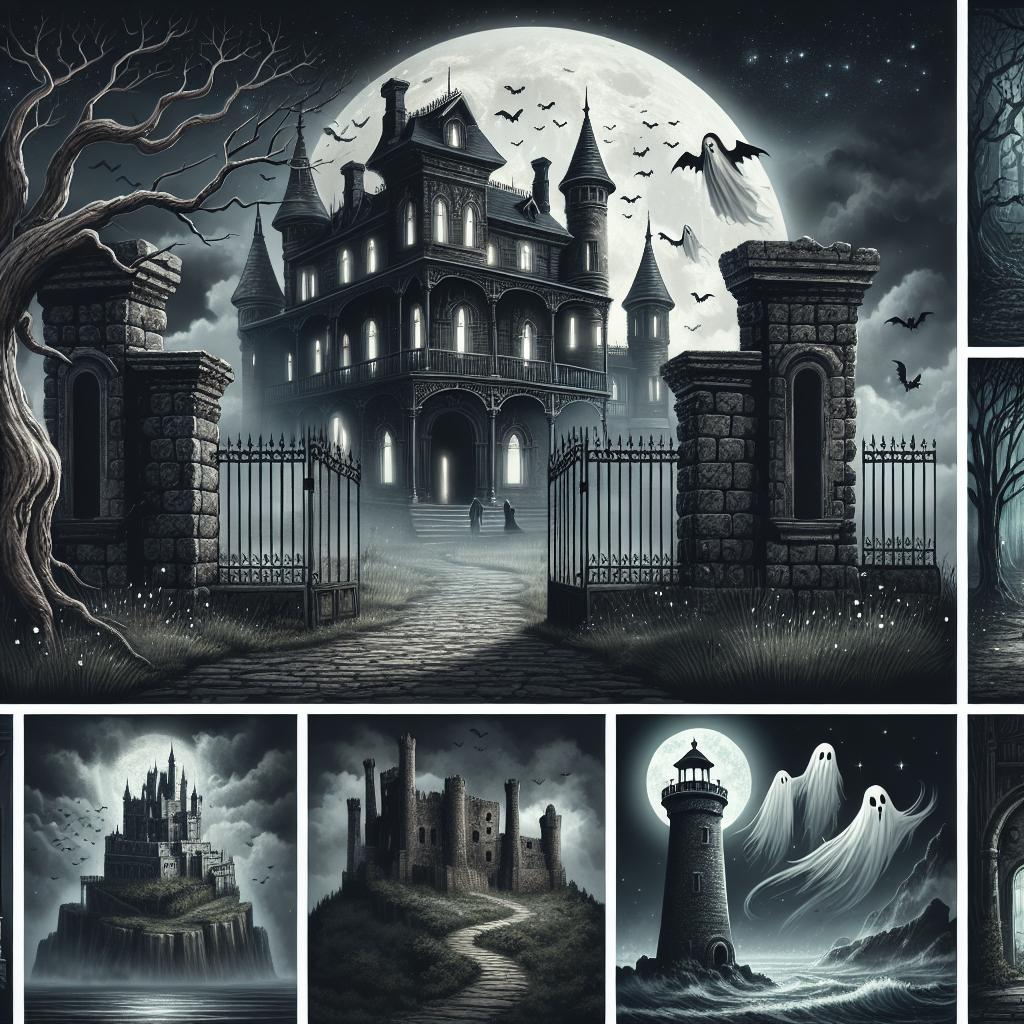“`html
How Folklore Impacts Beliefs in Ghosts
Folklore is a powerful cultural force that shapes societies’ perceptions and beliefs. When it comes to the supernatural, folklore can deeply influence beliefs in ghosts, turning stories into renowned urban legends. This blog delves into the heart of this phenomenon, exploring the roots of ghost stories as folklore and how historical and cultural contexts help mold them. We take a look at examples like changing headstones and Duffy’s Cut, offering recommendations on podcasts that delve into ghost legends both domestically and internationally. Finally, we explore the broader implications of folklore on personal and collective belief systems through an engaging discussion.
Are Ghost Stories Folklore?
Folklore consists of tales and traditions passed down through generations, often orally, and it significantly influences cultural beliefs and values. Ghost stories find their roots in this tradition, where narratives are woven into the fabric of societal consciousness. They develop from mere anecdotes to profound expressions of cultural fears, existential contemplation, and the human fascination with the afterlife.
These stories often embody the existential uncertainties surrounding death and the unknown, featuring motifs of unfinished business, revenge, or protection. Whether tethered to religious beliefs or serving as cautionary tales, ghost stories encapsulate the essence of folkloric tradition. They play a role analogous to myths, providing explanations and underlying moral lessons. As such, their evolution is closely linked to the regions and communities in which they develop.
Moreover, ghost stories being part of folklore entails an inherent adaptability. They change with the times, incorporating contemporary cultural elements while retaining their core message. This fluidity allows ghost stories to resonate with successive generations, making them enduring components of folklore.
History
Historical contexts offer a fertile breeding ground for ghost stories. From ancient Egyptian beliefs in the afterlife to medieval European phantoms haunting castles, the history of ghostly folklore is diverse and rich. Each period offers distinct perspectives, influenced by the religious, social, and political climates of the time.
In many cultures, historical events gave rise to ghost stories. The Great Plague, wars, and massacres have left indelible marks on the communal psyche, birthing narratives of wandering spirits or lingering souls caught between worlds. These stories provide a voice to historical trauma, allowing societies to process pain and loss through supernatural narratives.
The historical evolution of ghost stories also reflects shifts in societal attitudes towards death and the afterlife. From reverence to fear and fascination, the ghosts of folklore echo humanity’s evolving understanding of existence and beyond. As such, examining the historical backdrop of these stories offers insight into the collective fears and hopes of different eras.
Changing Headstones, Duffy’s Cut, and Podcast Recommendations for Understanding the Importance of Ghost Legends at Home and Abroad
Ghost legends often arise from real-life events, places, or artifacts, such as headstones undergoing mysterious transformations. These stories serve to bind communities, offering shared narratives that reinforce local identities and history. For example, tales of changing headstones convey mystery and unease, yet also demonstrate how physical markers can occupy a central role in supernatural folklore.
Duffy’s Cut, a site in Pennsylvania where nearly 57 Irish immigrants died during a railroad construction project in the 1830s, is another example. Legends of ghostly apparitions at Duffy’s Cut serve as a haunting reminder of historical injustices and forgotten narratives. Such stories not only revolve around ghostly encounters but also highlight social and historical contexts, resonating with both local and broader audiences.
For those interested in diving deeper, there are richly educational podcasts available, such as “Lore,” “Ghosts In The Burbs,” and “The Grave Talks.” These carefully curated shows explore various ghost legends, dissect their origins, and explain their significance within or across cultural boundaries. These podcast recommendations serve as gateways to understanding how folklore functions as a cultural lens through which ghost beliefs are examined and sustained globally.
Lessons Learned
Ghost stories, deeply embedded in folklore, reveal much about humanity’s core preoccupations. Through their examination, we discover their roots in historical events, societal structures, and cultural evolution. They not only reflect fears and anxieties but also serve as vehicles for transmitting cultural narratives and ethical teachings. As Duffy’s Cut and other legends show, ghost stories are not mere tales; they are poignant accounts that traverse time, connecting us with our ancestors’ beliefs and our community’s identity.
The following table summarizes how folklore intertwines with ghost stories:
| Aspect | Influence on Beliefs |
|---|---|
| Folklore Origin | Shapes cultural perceptions, conveys societal values and existential concerns |
| Historical Context | Reflects societal attitudes toward death, provides voice to historical trauma |
| Real-Life Settings | Binds communities through shared narratives and local identity |
| Modern Adaptations | Preserves relevance by incorporating contemporary cultural elements |
Submit a Comment Cancel Reply
We invite you to share your thoughts on how folklore has shaped your beliefs in ghosts or any fascinating ghost legends you wish to discuss. Engage with our community in the comment section below!
“`


